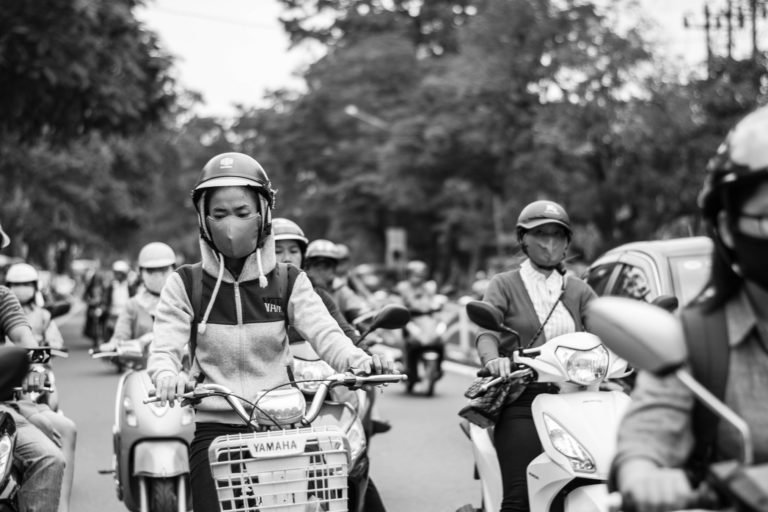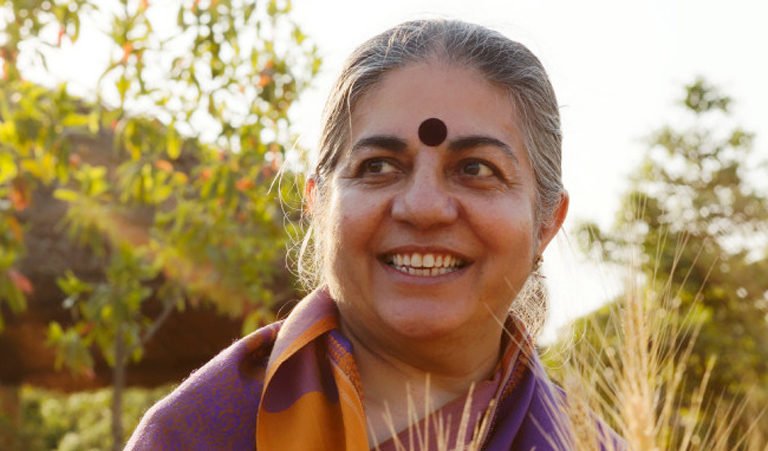- A 2,300 hectare forest, where animals rescued from the wildlife trade in Cambodia are rehabilitated and released, is in danger of clearance under a new government scheme.
- The details of what might replace this forested 2,300 hectares an hour outside the capital city of Phnom Penh are unclear, but the wildlife rehabilitation center adjacent to it is appealing to authorities to reconsider the plan and have suggested a sustainable alternative plan.
- Sambar deer, a species whose status is said by the IUCN to be vulnerable to extinction, have also been photographed in impressive numbers in the forest.
- This article is a commentary. The views expressed are those of the author, not necessarily Mongabay.
For over 20 years the Phnom Tamao Wildlife Rescue Center (PTWRC), run by the Cambodian Forestry Administration and supported by the international NGOs Wildlife Alliance and Free the Bears (covered by Asia Sentinel in 2018) has served as the only place in Cambodia which will take all species of wildlife confiscated from poachers and the illegal wildlife trade.
At PTWRC wild animals are cared for and rehabilitated, and if appropriate, returned to the wild when their injuries have healed. This is a place where an elephant that lost a leg to a snare saunters around on a prosthetic limb, and where captive born Eld’s deer, sambar, muntjac, otters, binturongs, gibbons, and hornbills are regularly released back into the forests surrounding the rescue center itself, or into the forests of the world-famous Angkor Wat temples, and also into the gargantuan Cardamom Mountain Rainforest landscape.
And yet a recent report ominously tells that the release site—the 2,300 hectares of forest directly surrounding the actual rescue center—is in danger of clearance under a land transfer scheme.
The details of what, exactly, will replace this forest of 2,300 hectares, which is alive with birds, sambar deer, and an array of other species, just one hour outside the capital city of Phnom Penh, are unclear. But Wildlife Alliance director Nick Marx, understanding that development is unavoidable in modern Cambodia—especially in an area so close to the city—has suggested an alternate vision of development that does not involve the planned condominiums, parking lots, and high-rises.
“We would encourage development if this is conducted in an eco-friendly manner,” he explained. “The creation of a safari-style, eco-resort with professionally managed lodges, lakes, night and day game drives, bird watching shelters, jungle tours, all conducted by professional, well trained guides, would be a great benefit to Cambodian citizens and visiting foreigners, and a tribute to the Cambodian government.”
Sambar deer, a species whose status was recently alarmingly changed by the IUCN to Vulnerable, have recently been photographed in impressive numbers by remote camera traps in this threatened forest, and everything from painted storks to primates to pythons calls this wilderness home—a sizable and unprotected oasis surrounded by a country whose economy has been growing at a stunning rate, with expanding development that is now encroaching on the last wild places.
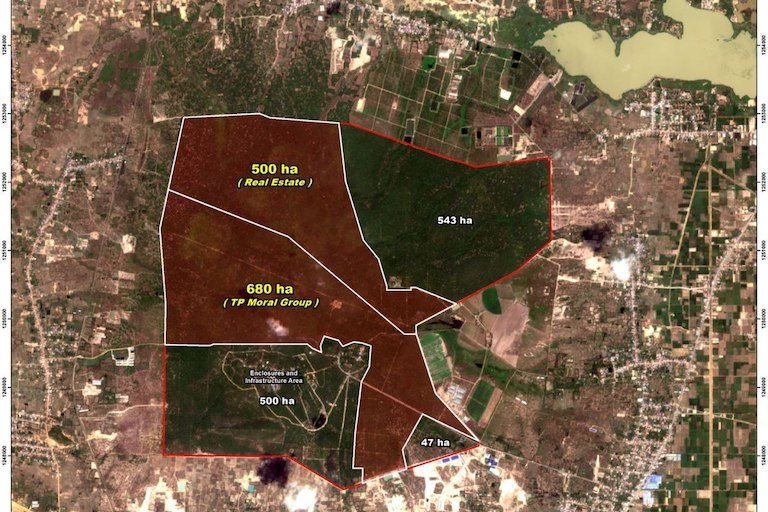
And yet this relatively unknown chunk of forest is worth saving for both its wildlife and for the Cambodian people, as Marx explains: “Indeed we see this as a benefit for the environment and for conservation in Cambodia. It would benefit Cambodian citizens, particularly those from Phnom Penh who have no other place of nature to visit for many, many kilometers and also for foreign visitors. It would be a lasting legacy for the Forestry Administration, for the Cambodian government and for the Prime Minister, demonstrating Cambodia’s desire to sustainably conserve her wildlife and natural resources, and it would be an example that will endure to be witnessed by future generations. This form of eco-development would not only bring credit to today’s government, but would also raise sustainable revenue, perhaps not the immediate large sums that deforesting the land will accrue, but a sustainable income over a longer period of time.”
The choice for the site of the rescue center on Phnom Tamao (‘phnom’ means ‘mountain’ in Khmer), was an excellent one, as rescued wildlife feel immediately at home in this habitat—even species from east of the Mekong River, such as endangered douc langurs— which are brought in for care and rehabilitation. Some species manage to escape their rehabilitation facilities and live happily in the surrounding 2,300 hectares of healthy forest that is now under imminent threat of clearance—a testament to the great foresight in choosing Phnom Tamao as the location for the rescue center.
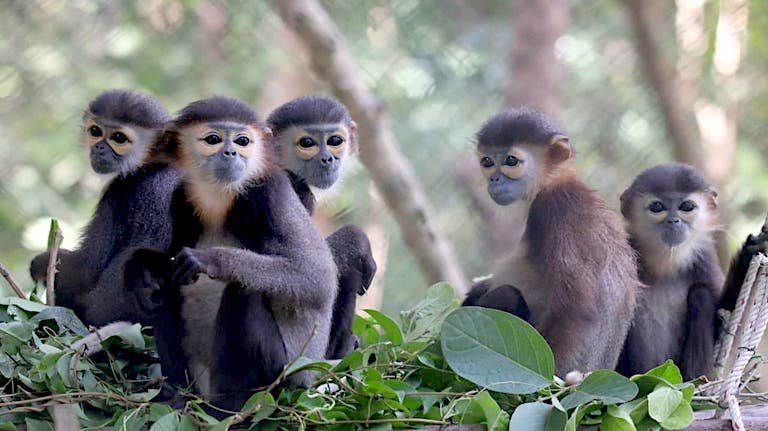
Having visited PTWRC several times myself, I always felt mesmerized by the omnipresent, myriad calls of gibbons (pileated and yellow-cheeked, and many other endemic species) over the occasional lazy moan of a tiger and the drifting scent and cry of elephants. PTWRC is so much more than a “zoo”—which in itself is something Cambodia needs and already has in PTWRC, of the highest standard—it’s also a place for rescued wildlife to get a second chance at returning to the wild. It’s a place that neighboring countries like Laos, Vietnam, and Thailand have nothing to compare with, and this is all thanks to the foresight of the Cambodian government, Wildlife Alliance, and Free the Bears.
If the 2,300 hectares of natural forest surrounding PTWRC are cleared to make way for plantations or shopping complexes or whatever it is that developers have in mind, a vital and increasingly rare slice of forest habitat that offers a lifeline to rare animals who were lucky to escape the jaws of the wildlife trade will evaporate forever, and both Cambodia’s people and natural heritage will forever be terribly depleted.
This does not need to happen. The forest still stands. The Cambodian government has shown wisdom in the past. Let it shine again now.
Gregory McCann is an Assistant Professor at Chang Gung University in Taiwan.
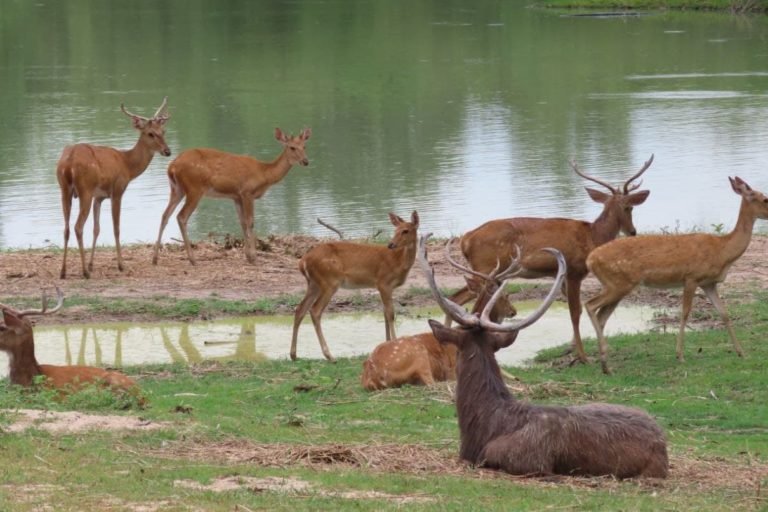
‘It’s just a bird’: Online platforms selling lesser-known Indonesian species



